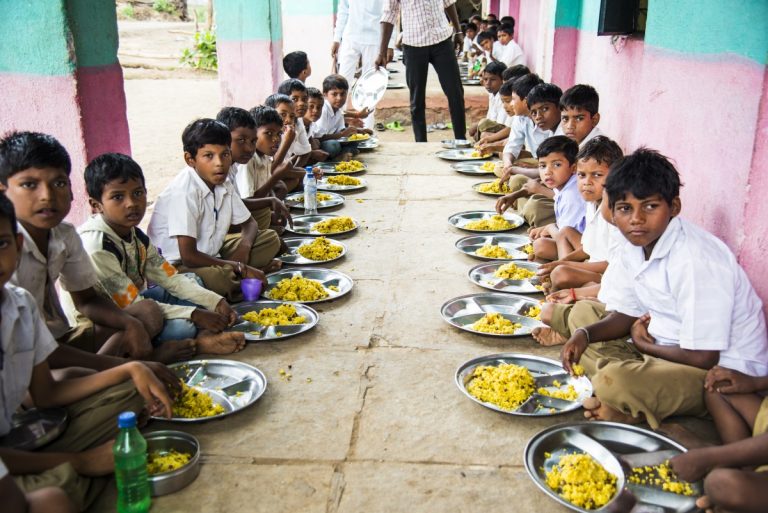
India’s massive population is often seen as an economic asset, especially as more than 40 percent of the population is under the age of 24.
But in a country that suffers from astounding inequality, it seems that education is no exception.
According to the Annual Status of Education Report (ASER) 2017 released this week by Pratham, a non-profit, students in rural parts of India are getting left behind even when it comes to fundamental aspects of their education like reading and basic arithmetic.
The study, which focused on students aged 14 to 18 years old, found that around 25 percent of young people could not “read basic text fluently in their own language”.
Mathematics outcomes were similarly dire. More than half struggled with division problems, with only 43 percent able to answer them correctly. A quarter of students could not count money correctly.

The quality of school education in India remains of grave concern. Source: CRS Photo/Shutterstock
When asked to tell the time on an analogue clock, less than 60 percent of students got it correct.
English ability was marginally better, with 53 percent of 14-year-olds able to read English sentences – a number which jumped to 60 percent for 18-year-olds.
What’s more, a vast majority of 14 to 18-year-olds (78 percent) did “some agricultural work” whether or not they were enrolled in education. This is unlikely to translate into a career, because less than 0.5 percent of undergraduate students in India are in agricultural or veterinary courses.
The good news is that a steadily increasing number of Indian young people from rural areas are choosing to continue their education.
The 2001 Census showed that just 26 percent of 18-year-olds in rural areas were enrolled in some form of educational programme – which had jumped to 44 percent by 2011. In 2017, ASER found that 70 percent of rural 18-year-olds were enrolled in education.
“By 2021, the numerical gap between urban and rural will in all probability disappear,” said the researchers.
The quality of school education in India, however, remains of grave concern.
“We seem to have two sets of problems,” said Pratham’s report. “One is that not many jobs are being created and the other is that numbers of students continuing beyond school is increasing rapidly but we seem to be incapable of preparing them for tomorrow.”
With India slated to roll out a new education policy soon, Pratham said that it hopes the government can better equip young people “not just with the skills, but also with the confidence and the imagination that can help them work towards a better future.”
Liked this? Then you’ll love…
India wants schools to teach kids how to stay safe online
Vietnamese, Hindi among Asian languages now available for study across Australia







